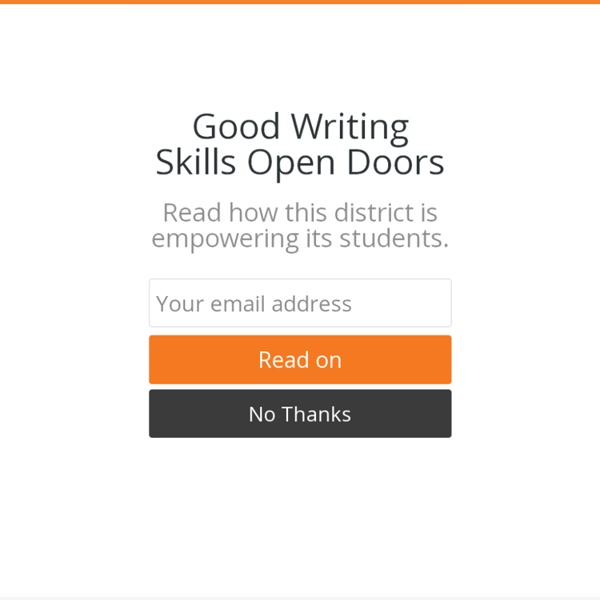



Official Mind Mapping software by Tony Buzan Advanced Scientific Programming in Python [start] Scientists spend more and more time writing, maintaining, and debugging software. While techniques for doing this efficiently have evolved, only few scientists have been trained to use them. As a result, instead of doing their research, they spend far too much time writing deficient code and reinventing the wheel. In this course we will present a selection of advanced programming techniques, incorporating theoretical lectures and practical exercises tailored to the needs of a programming scientist. New skills will be tested in a real programming project: we will team up to develop an entertaining scientific computer game. We use the Python programming language for the entire course. This school is targeted at Master or PhD students and Post-docs from all areas of science. Download the original announcement: pdf You can apply on-line. Applications must be submitted before 23:59 UTC, May 1, 2014. Candidates will be selected on the basis of their profile. Prerequisites Kathryn D.
8 Ways to Choose Between Different Styles of Thinking Maps Steps Method 1 of 8: The Circle Maps The Circle Map is used for brainstorming. 1In the center of the circle, use a word, number, picture, or any other sign or symbol to represent an object, person, or idea you are trying to understand or define. Ad 2Write or draw any information that puts this object, person, or idea into context. Method 2 of 8: The Bubble Map Bubble Maps are useful for developing vocabulary, distinguishing fact from fiction, and valuing/evaluating. 3Answer the question, "Which adjective would best describe this object?" Method 3 of 8: The Double Bubble Map The Double Bubble Map is used for comparing and contrasting. 1In the larger center circles, write the words for the two items or objects being investigated. 2In the middle bubbles, use adjectives, adjective phrases, and other terms that show similarity between the two objects. 3Answer the question, "What are the similarities and differences?" Method 4 of 8: The Tree Map 3Below each sub-category, write the specific numbers.
Main Page Bertrand Russell Peace Foundation Open Source This decade has clearly marked a sea change in the move of enterprise software from proprietary to open source, as I have recently discussed [1]. It is instructive that only a mere six years ago I was in heated fights with my then Board about open source; today, that seems so quaint and dated. Also during this period many have noted how open source has changed the capital required to begin a new software startup [2]. Open source both provides the tooling and the components for cobbling together specialty apps and extensions. Six and seven and even eight figure startup costs common just a decade ago have now dropped to four or five figures. When we see the explosion of hundreds of thousands of smartphone apps we are seeing the glowing residue of these additional sea changes. But something else has been going on that is changing the face of enterprise software (besides consolidation, another factor I also recently commented on). The Obsolete Recent Past A New Marketing Paradigm